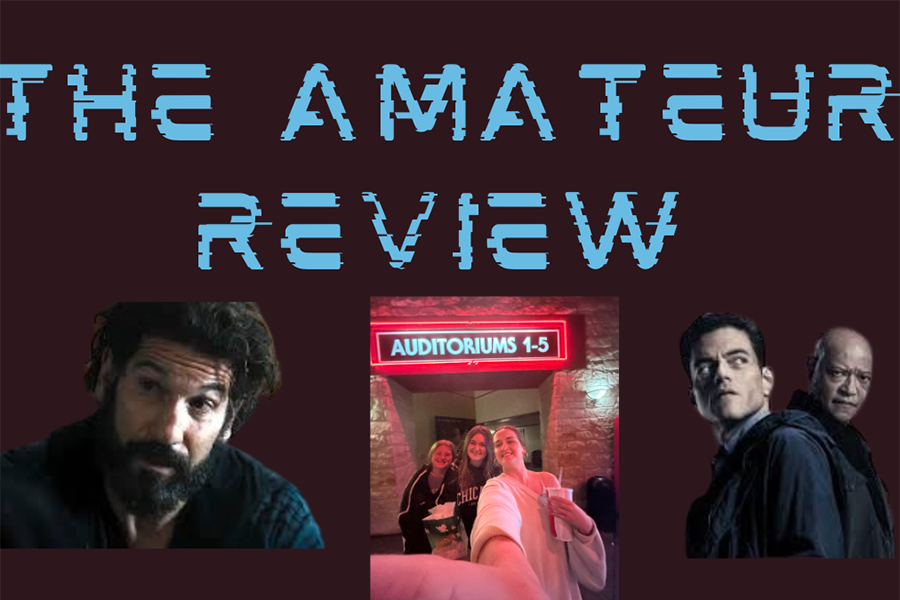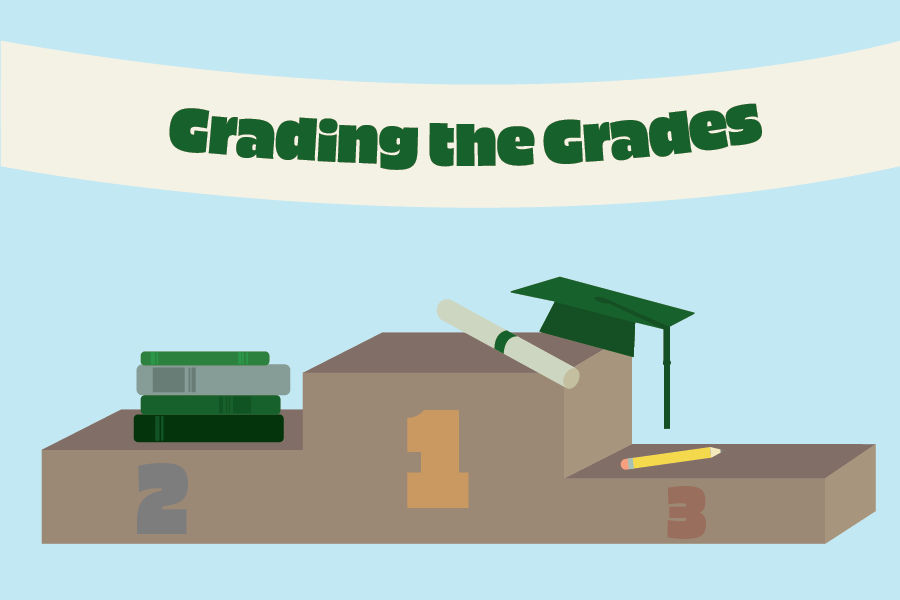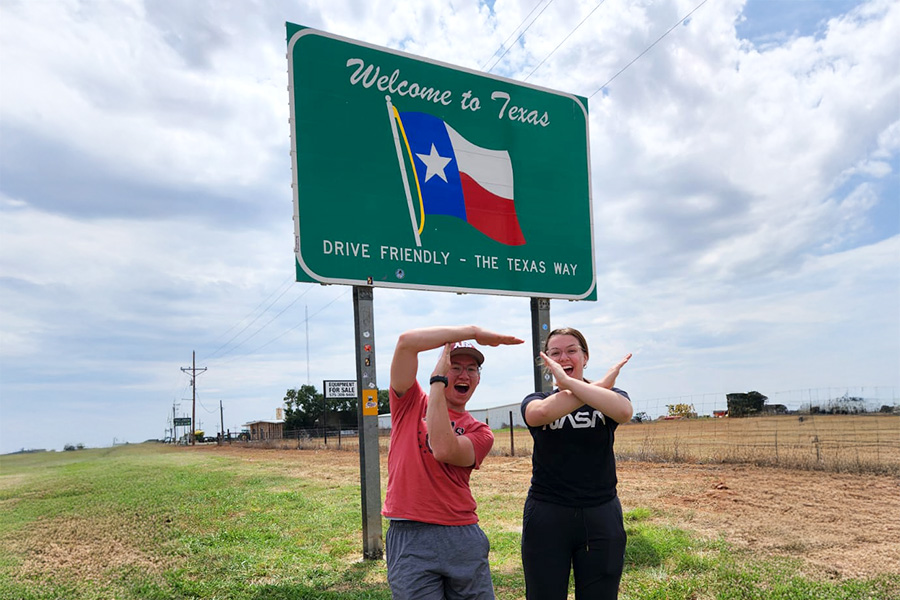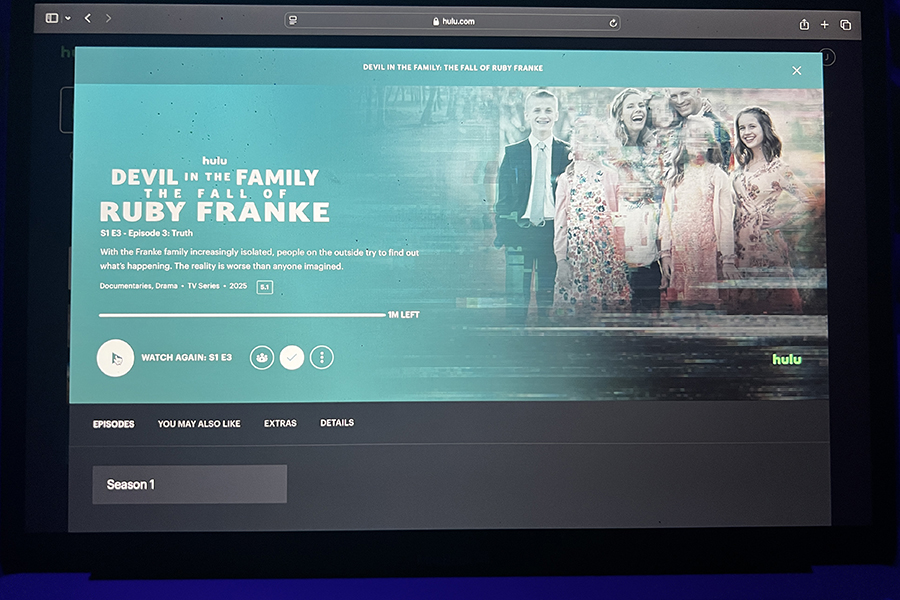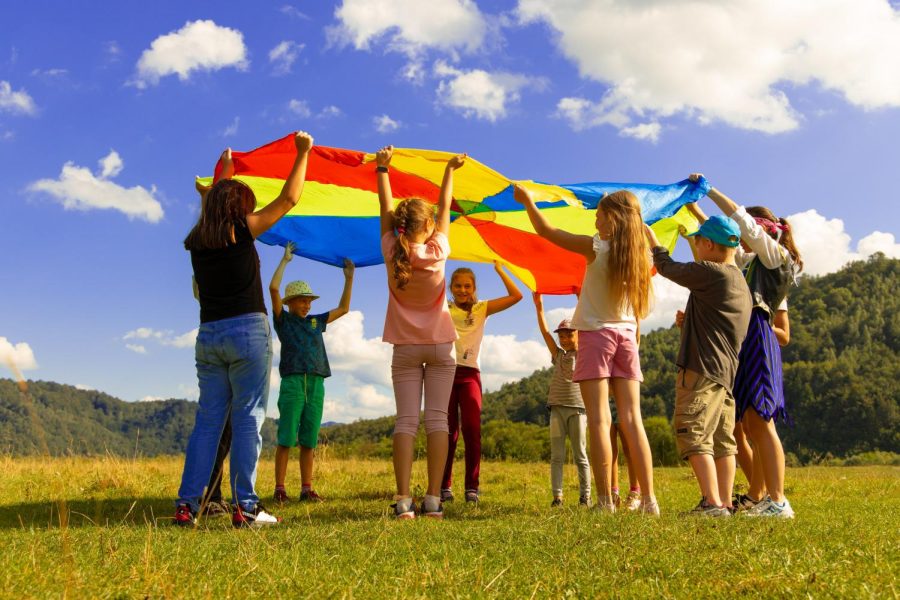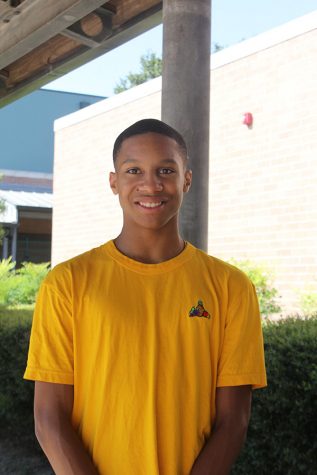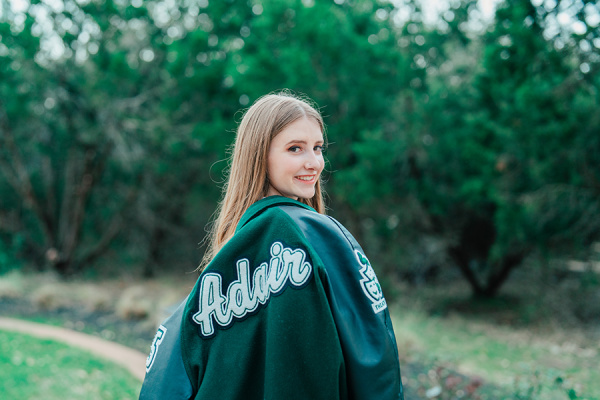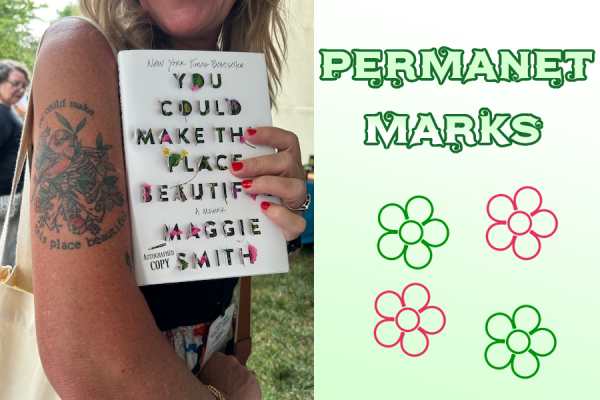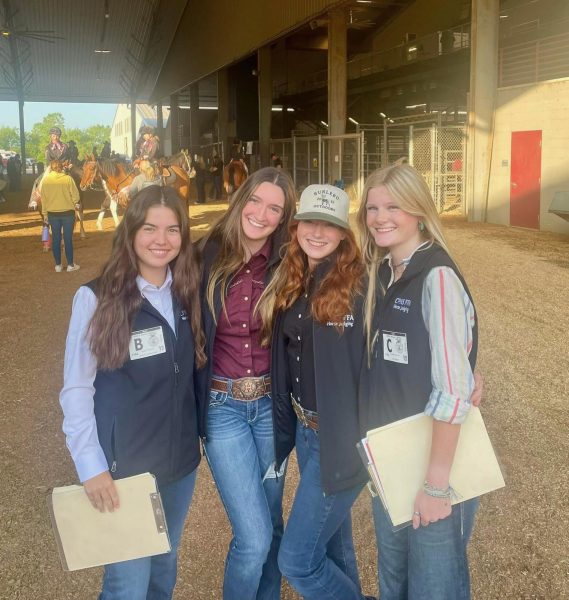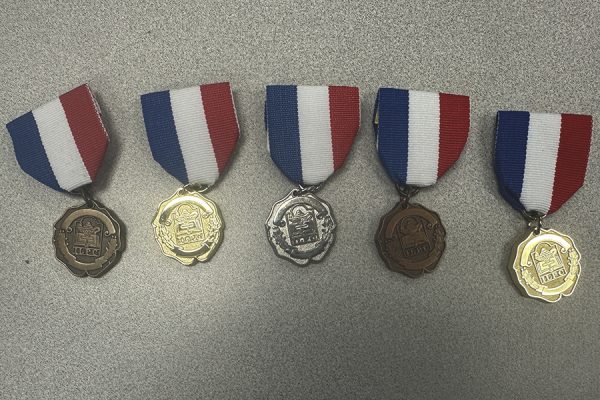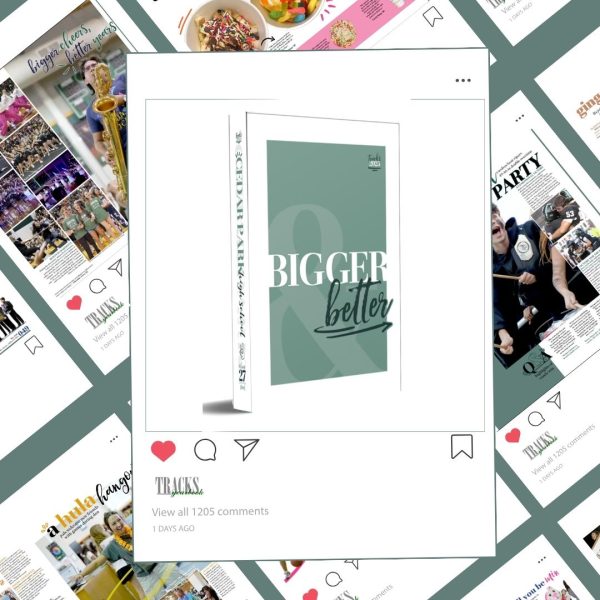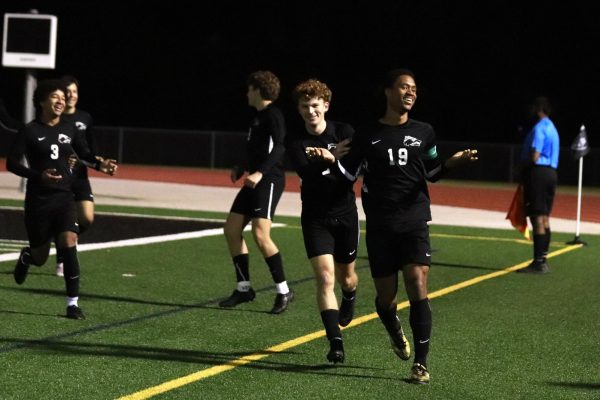The Ghost of Adolescence
How Social Media Has Shaped Childhood in Recent Years
Photo curtesy of Artem Kniaz on Unsplash
Flashback to a few years ago where pre-teens and teenagers would have virtually nothing in common. Now it’s becoming even harder to tell the difference. The answer for why this shift is occurring is more complicated than many realize.
November 4, 2021
If you grew up in the early 2000s, you might remember going to Toys“R”Us, watching Nickelodeon, and trading silly bands at recess. Sometimes, I reminisce and think about the times my mom would drive me to the park in our 2005 Jeep Grand Cherokee while she blasted ‘Crazy in Love’. A simpler time, when all I could think about was when I was going to get to go outside and play four-square with my friends. Flash forward to 2021 and my childhood joys have been replaced with college applications, and mindless scrolling on Tik-Tok. Jokes aside, it’s crazy to think about how much I’ve grown up since my childhood and even crazier to see twelve year olds already finished with theirs.
Regardless of how awkward it can be, childhood is still an important part of anyone’s life. It gives adolescents the opportunity to grow and branch out without many of the consequences that come with adulthood. But, I’ve noticed that the duration of childhood has been shrinking rapidly, especially among younger kids aged twelve to fifteen. The easy culprit to blame is multimedia and how accessible mature content is to view nowadays. Phones, tablets and technology get put on blast regularly for the negative effects they can have on a growing brain. However, I feel a more specific cause is due to the lack of filter between what content is considered as “mature.” For the first time in history, people from all age groups are all interacting on the same media platforms; but that isn’t necessarily a bad thing.
I’ll never forget when I visited my younger sister for Christmas and saw my thirteen year old sister walk down the stairs. She had a full face of makeup on, contour, concealer, lashes, bronzer and all. At first glance, I was a little surprised. I wasn’t sure what prompted the change in my sister, who just one year prior was playing hopscotch with me in the backyard. I asked her about her new look and, sure enough, she said she got the inspiration from a popular influencer that we both mutually followed. It still was a bit odd, but then I remembered when I was a pre-teen and the things that I had seen or tried to experience despite still being considered “too young”.
While I do remember being a kid and what that feeling of complete innocence felt like, I also had discovered and was exposed to content that wasn’t exactly geared towards or considered appropriate for my age group on numerous occasions. But it didn’t scar me, it made me ask questions and experiment with the new information in front of me. More importantly, those experiences helped me get a more accurate picture of how the world works. And that’s exactly what my sister was doing when she was experimenting with makeup. It just so happens that we live in an age where information and content are easier to grasp onto than ever. While I do agree that children and teenagers shouldn’t be engaging in all of the same activities, I don’t agree with censorship either; I actually believe it could be even more harmful to not understand or be exposed to that material.
Younger generations, myself included, get exposed to new content constantly, whether we search it up or it just ends up on our plates. Instagram, TikTok, Snapchat and YouTube are just some examples of social media platforms that both pre-teens and teenagers have a strong presence on. Both age groups interact and come across the same types of material, liking the same videos and following the same content creators. So it’s no surprise that pre-teens have begun to “copy” or “mimic” the aesthetics that teenagers have popularized. It’s just another side effect of living in a media-driven world, and it should be embraced so we can continue spreading knowledge and having conversations with one another.

![Posing with their UIL State Trophy, the Robolobos Van Halen Team beams with excitement after their win. “It was a team effort,” junior Noah Vo said. “I was happy because something happened in the first match and the match was also really close. So [when] they finally revealed it, I was pretty happy.” Photo courtesy of Amy Lovelace](https://cphswolfpack.com/wp-content/uploads/2025/05/IMG_0910-EDIT-1200x723.jpg)
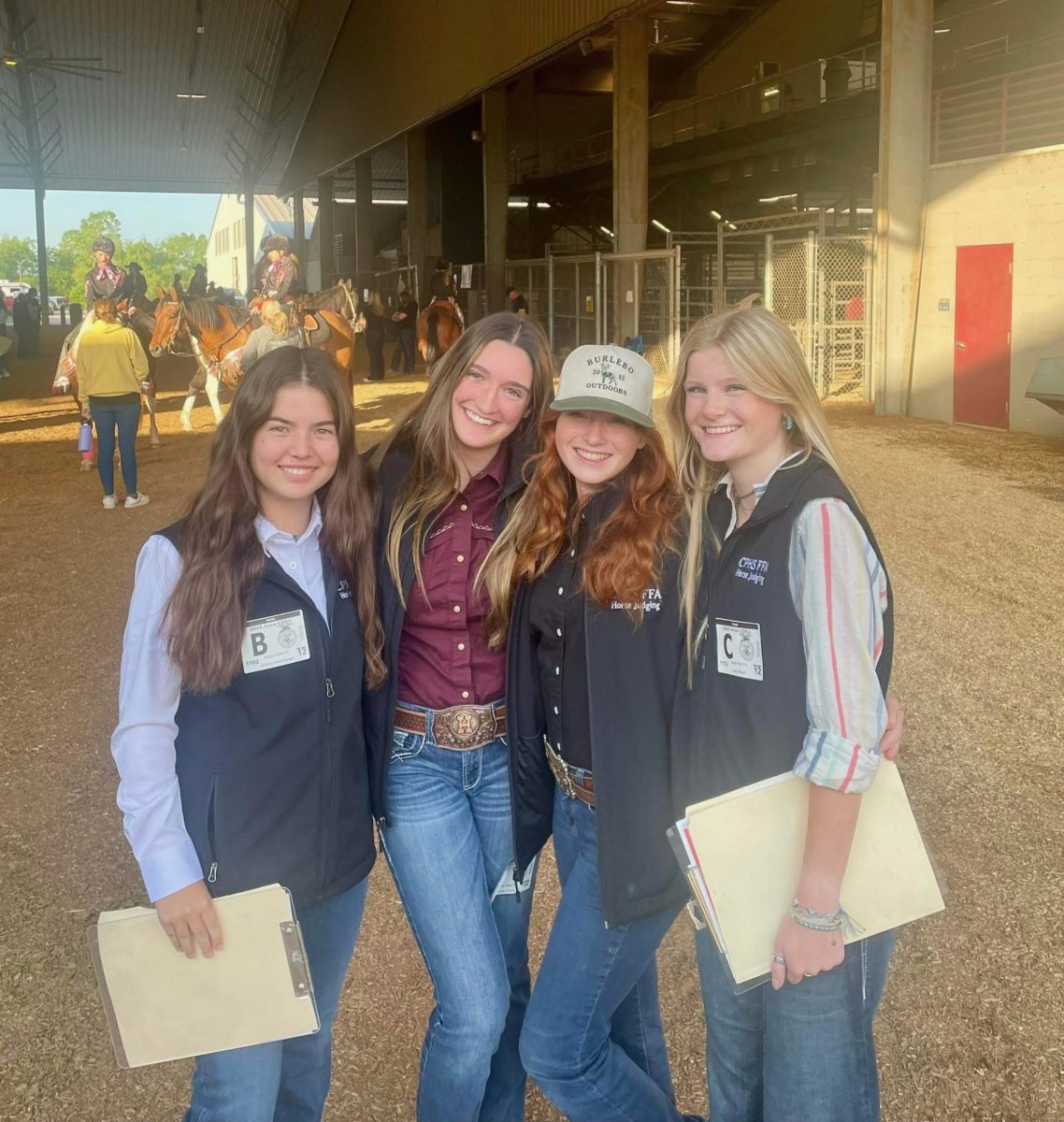
![Broadcast, yearbook and newspaper combined for 66 Interscholastic League Press Conference awards this year. Yearbook won 43, newspaper won 14 and broadcast took home nine. “I think [the ILPC awards] are a great way to give the kids some acknowledgement for all of their hard work,” newspaper and yearbook adviser Paige Hert said. “They typically spend the year covering everyone else’s big moments, so it’s really cool for them to be celebrated so many times and in so many different ways.”](https://cphswolfpack.com/wp-content/uploads/2025/05/edited-ILPC.jpg)
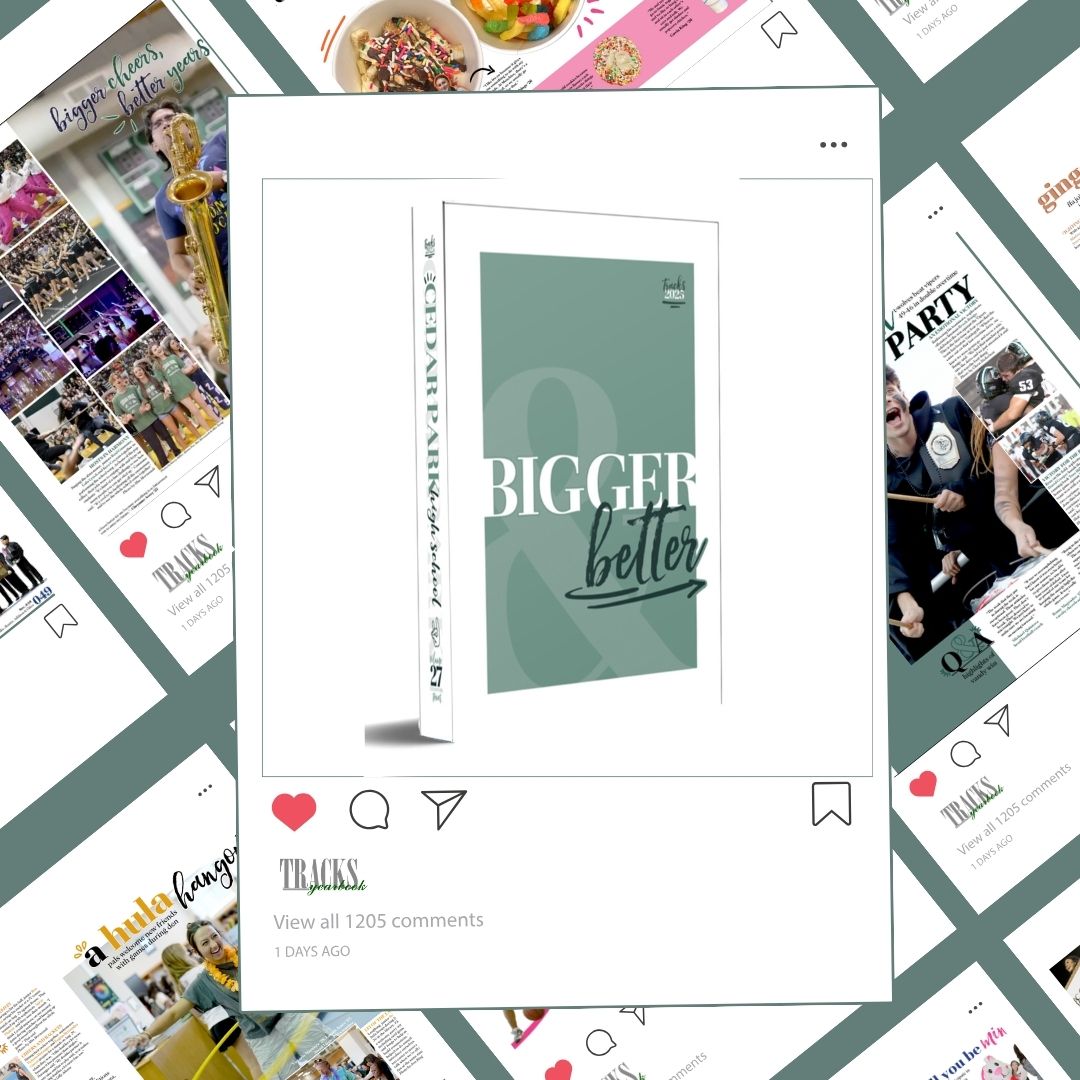

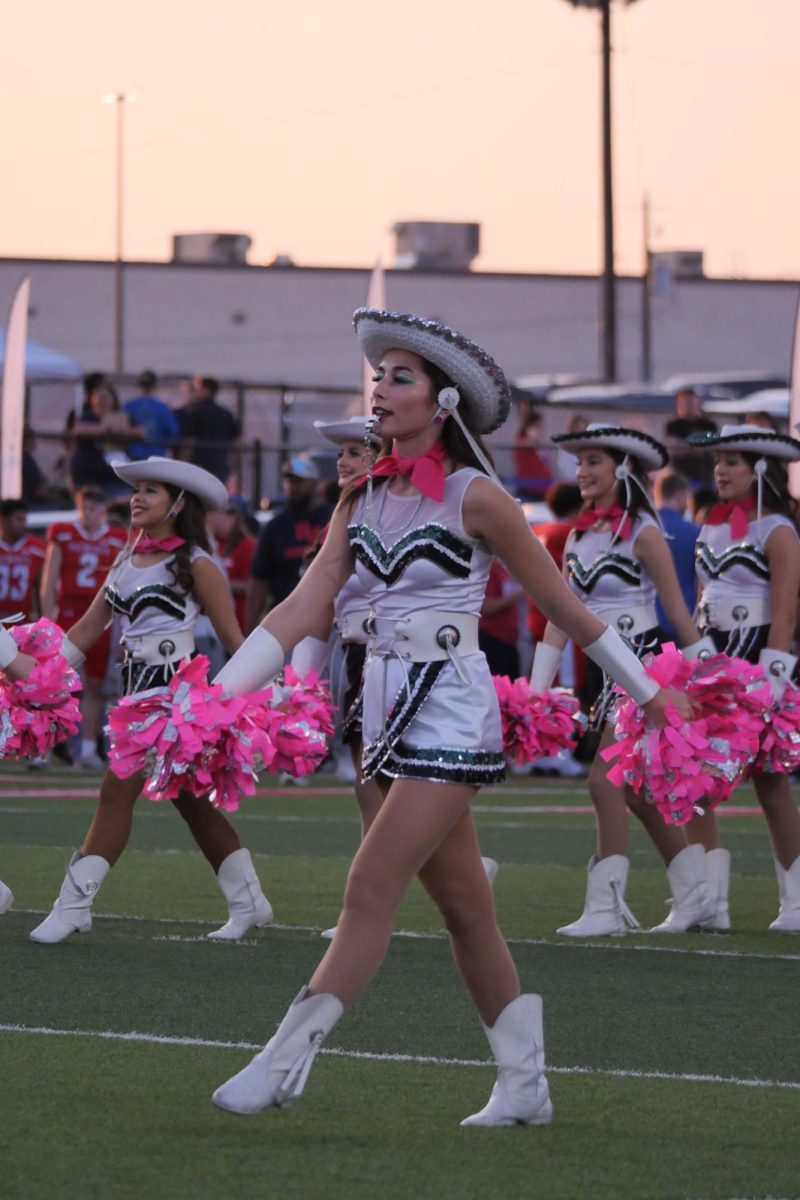





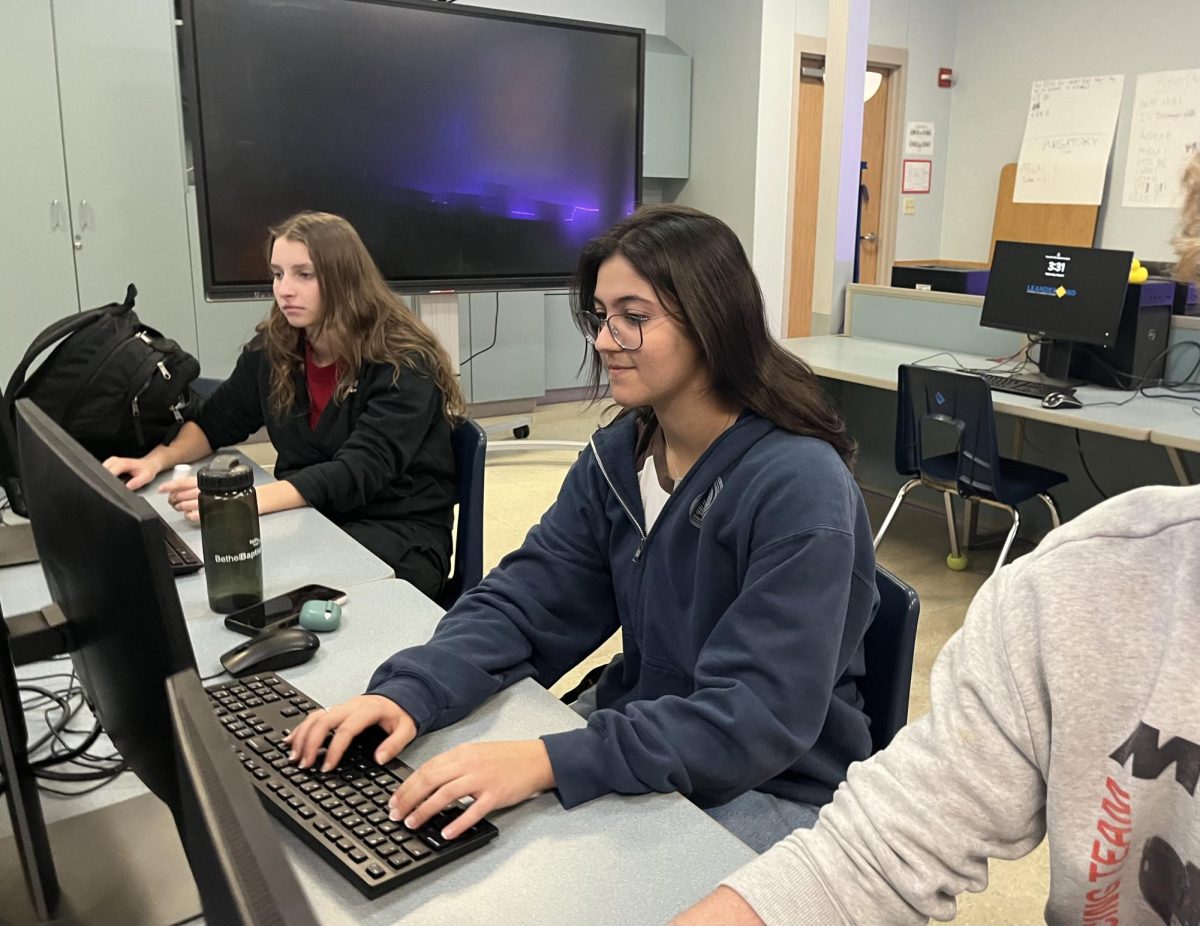


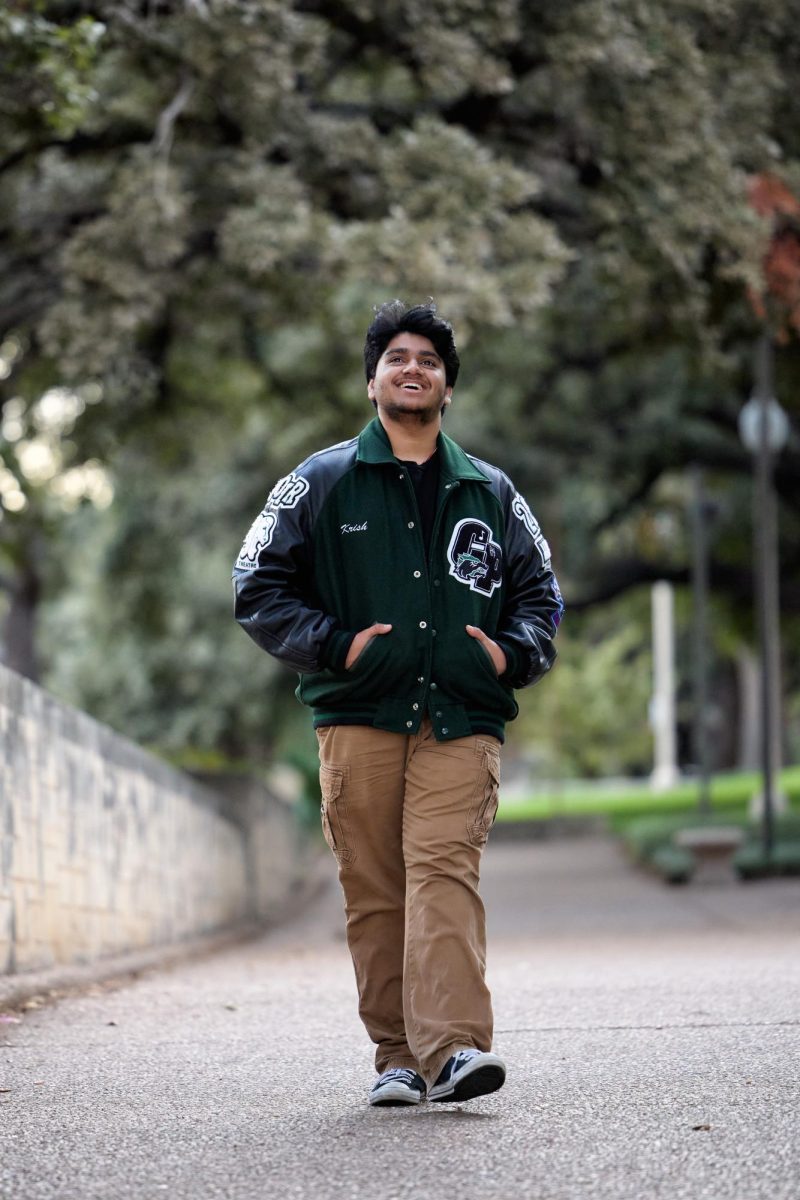
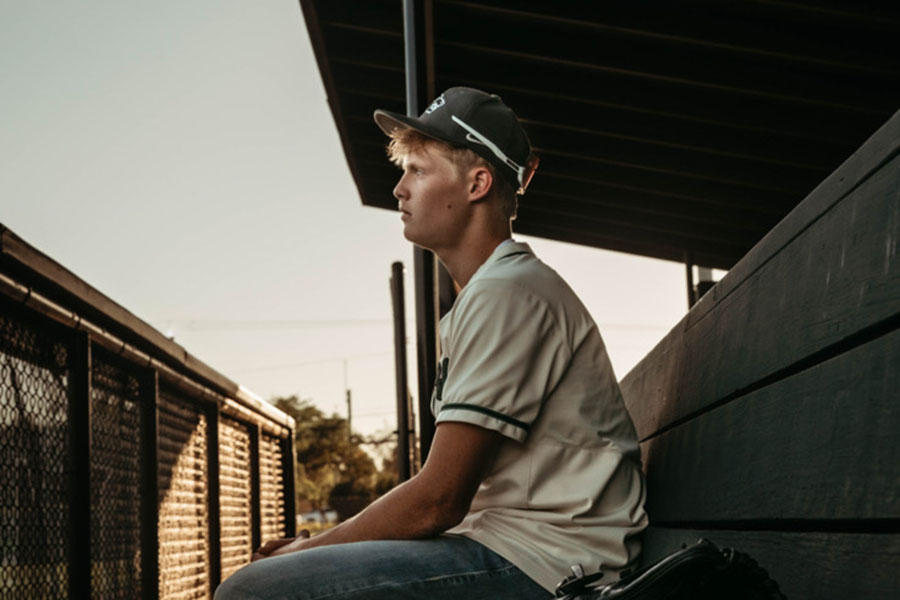
![Bringing her arm over her head and taking a quick breath, junior Lauren Lucas swims the final laps of the 500 freestyle at the regionals swimming competition on date. Lucas broke the school’s 18-year-old record for the 500 freestyle at regionals and again at state with a time of 4:58.63. “I’d had my eye on that 500 record since my freshman year, so I was really excited to see if I could get it at regionals or districts,” Lucas said. “ State is always a really fun experience and medaling for the first time was really great. It was a very very tight race, [so] I was a bit surprised [that I medaled]. [There were] a lot of fast girls at the meet in general, [and] it was like a dogfight back and forth, back and forth.” Photo by Kaydence Wilkinson](https://cphswolfpack.com/wp-content/uploads/2025/03/Kaydence-2.7-23-edit-2.jpg)
![As the support team sits and poses for a photo in the cafeteria with the counseling team they eagerly wait to start their day. "We [all] seem to be a team, I get up every day and there's days where I don't want to go to work today, but I'm thankful that I have a job and I'm blessed to have what I have," Christopherson said. Photo Courtesy of Julie Weltens.](https://cphswolfpack.com/wp-content/uploads/2025/01/AF9E8470-10D7-4C91-BF28-EC8F86BAB66C-1200x852.jpeg)
![Officer Stephanie Cash is in her second year as an SRO at CPHS. “Seeing [students] grow over the years has been kind of cool,” Officer Cash said. “Freshmen that [are] all over the place and then in the next couple of years get a little more squared away and go to class and do work and start thinking about the future. Being a part of a student's growth is the best way to measure my success as an SRO.” Photo Courtesy of Cedar Park Police Department's PIO, Alicia Gallagher.](https://cphswolfpack.com/wp-content/uploads/2024/12/CPHS-SRO-900x1200.jpg)


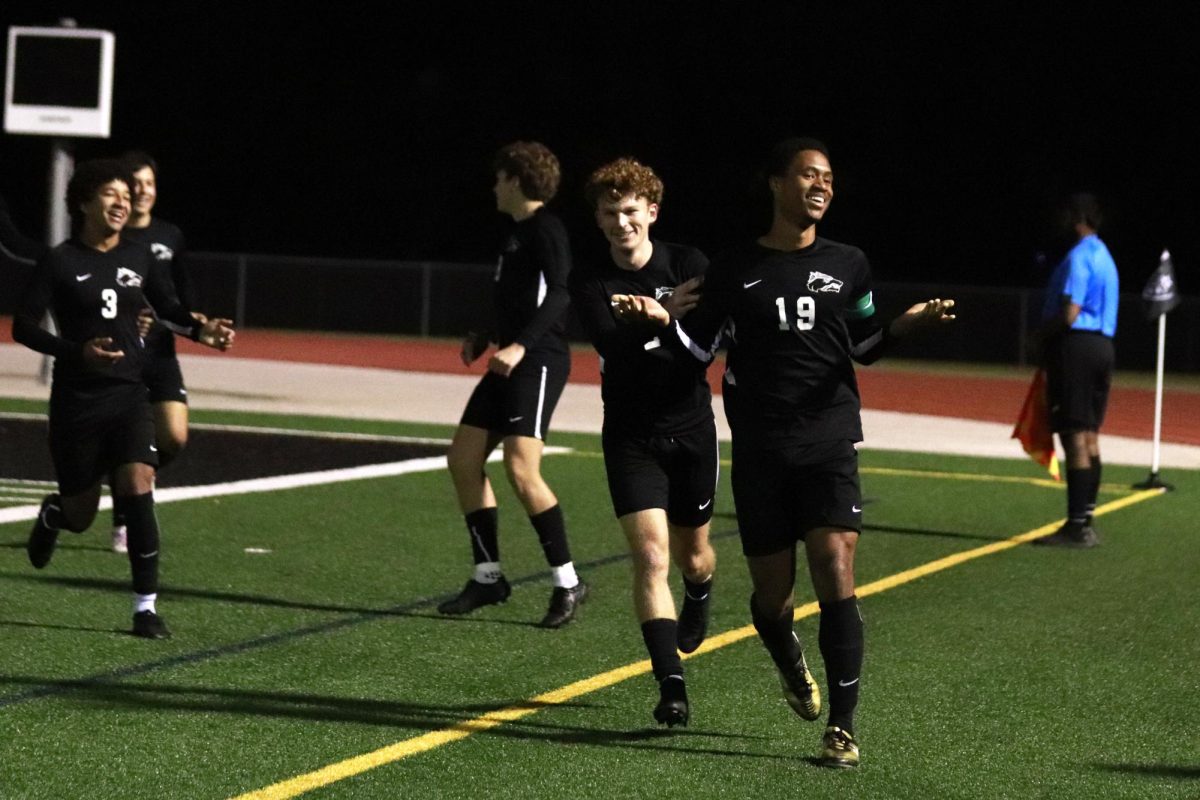
![Taking a breath as he raises his arm up and out of the water, sophomore Kaden Padilla swims the 500 freestyle at the UIL state meet on Feb. 21-22. Padilla placed 10th overall and second in the consolation final in the event, dropping two seconds. “My family was there, so being able to drop time for them was really special,” Padilla said. “It was awesome [finding out I advanced to the consolation finals]. I wasn’t expecting it, and I was very surprised. My parents being there definitely made me a lot happier knowing they got to see me swim in finals.” Photo by Skyler King.](https://cphswolfpack.com/wp-content/uploads/2025/03/kaden-padilla.jpg)

![Three defenders try to stop senior point guard Hope Edwards before the ball leaves her hands. The girls basketball team faced Liberty Hill on Feb 21, losing 58-40. “[My season was] definitely bittersweet,” Edwards said. It's definitely sad [because] I'm gonna miss all my teammates, my coaches and just the whole CP environment.”](https://cphswolfpack.com/wp-content/uploads/2025/03/julia-128-1200x800.jpg)
